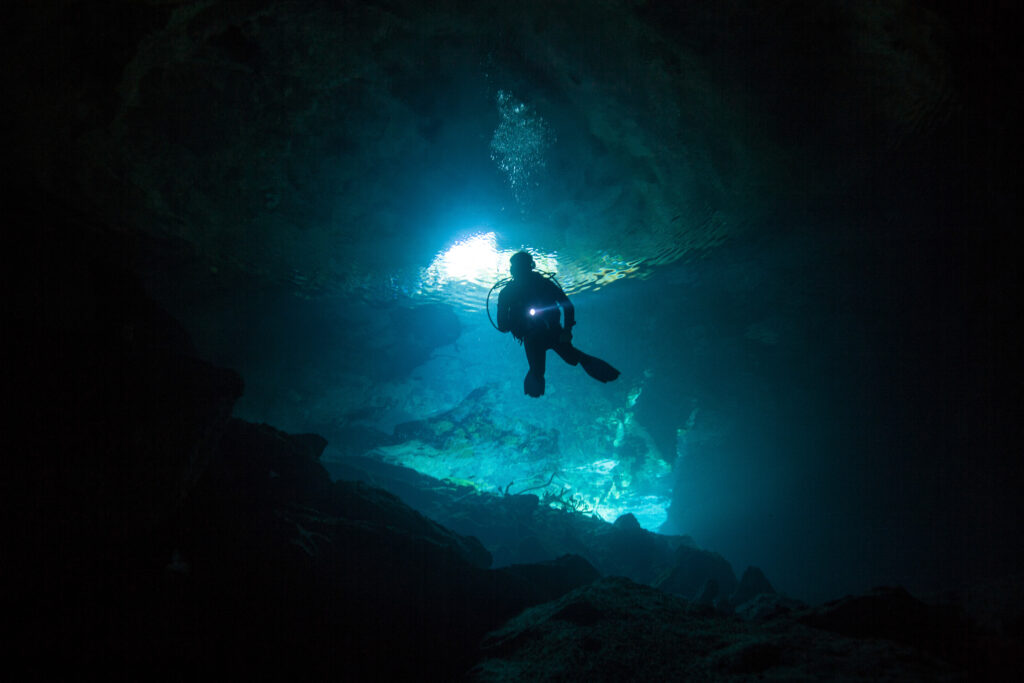What is Scientific Research in Scuba Diving, Freediving, and Snorkeling?

Scientific research in aquatic environments encompasses a wide range of methodologies and disciplines, including marine biology, oceanography, and environmental science. Within this broad spectrum, scuba diving, freediving, and snorkeling serve as vital tools for researchers. These diving methods allow scientists to observe and gather data in underwater environments that are otherwise inaccessible. This entry delves into how each diving technique contributes to scientific discoveries and conservation efforts, highlighting their unique advantages and the specific methodologies employed.
What is a Scuba Diver?

What is a Scuba Diver? A scuba diver is a person who engages in the recreational or professional activity of swimming underwater using SCUBA equipment. The term “scuba” is an acronym for “self-contained underwater breathing apparatus,” which allows scuba divers to breathe comfortably beneath the water’s surface while exploring the aquatic world at their leisure. […]
What is Absolute Pressure in Scuba Diving Context?

Absolute pressure, a term frequently used in the field of scuba diving, refers to the total static pressure at a particular point. It is a vital concept that divers need to understand and appreciate to ensure safety during their underwater adventures. In technical terms, absolute pressure is the sum of the atmospheric pressure and the pressure due to any fluid column above the point of measurement. It is always measured relative to a perfect vacuum, which is devoid of all matter and hence bears a pressure of zero.
What is a Active Addition Semi-Closed Circuit Rebreather Systems?

Active Addition Semi-Closed Circuit Rebreather (AASCCR) systems represent a sophisticated evolution in scuba diving technology, combining the advantages of closed-circuit rebreathers with innovations that enhance safety and usability. These systems are designed to optimally recycle exhaled gases, thereby extending dive times, reducing gas consumption, and minimizing decompression obligations. By actively managing the gas mix in the breathing loop, AASCCR systems offer divers a unique balance between simplicity and efficiency, making them particularly valuable in extended or deep diving scenarios.
What is a Automatic Diluent Valve (ADV)?

The Automatic Diluent Valve (ADV) is a critical component in the configuration of modern rebreather systems used in scuba diving. This device automatically adds diluent gas to the breathing loop to maintain the correct volume and optimal gas mixture, ensuring the diver’s buoyancy and safety at varying depths. The importance of the ADV in facilitating longer, safer dives cannot be overstated, making it an essential study for divers and technicians alike.
What is Mixed Gas?

Mixed gas, in the context of scuba diving, refers to breathing gases other than air, which are used to extend bottom time, reduce decompression obligations, and manage the risks associated with deep diving. These mixtures can include combinations of oxygen, nitrogen, helium, and other inert gases, tailored to specific diving conditions and depths. By using mixed gases, divers can safely reach greater depths and explore environments that would otherwise be inaccessible due to the limitations of breathing air alone.
What is a Jellyfish?

Jellyfish are fascinating marine animals belonging to the phylum Cnidaria. These gelatinous creatures have existed for over 500 million years, making them some of the oldest living species on Earth. Characterized by their distinctive bell-shaped bodies and tentacles, jellyfish are predominantly found in oceans but can also inhabit some freshwater environments. Their simplicity is deceiving, as they play crucial roles in marine ecosystems and exhibit complex behaviors despite lacking brains, hearts, or bones. This entry explores the biology, classification, ecological significance, and interactions between jellyfish and humans, shedding light on these enigmatic creatures.
What is Off-Gassing?

Off-gassing, within the context of scuba diving, refers to the process by which dissolved gases, primarily nitrogen, are expelled from a diver’s body during ascent. This phenomenon is crucial for diver safety, particularly in avoiding decompression sickness, commonly known as “the bends.” Understanding off-gassing is essential for divers to manage their ascents properly and ensure that the nitrogen absorbed under pressure is released gradually and safely.
What is Hydreliox?

What is Hydreliox? Hydreliox is a specialized breathing gas mixture composed of hydrogen, helium, and oxygen. It is primarily used in the field of deep-sea diving to enable divers to reach extreme depths that would otherwise be unmanageable with conventional air or other gas mixtures. Hydreliox has become crucial in extending the operational limits of […]
What is an Inflator Valve?

An inflator valve is a crucial component of scuba diving equipment, particularly in buoyancy compensators (BCDs), allowing divers to adjust their buoyancy underwater. By adding or releasing air into the BCD, divers can achieve neutral buoyancy, making it easier to maintain their position in the water. The inflator valve’s functionality directly influences a diver’s control and safety, making it an essential element for any diving expedition.
